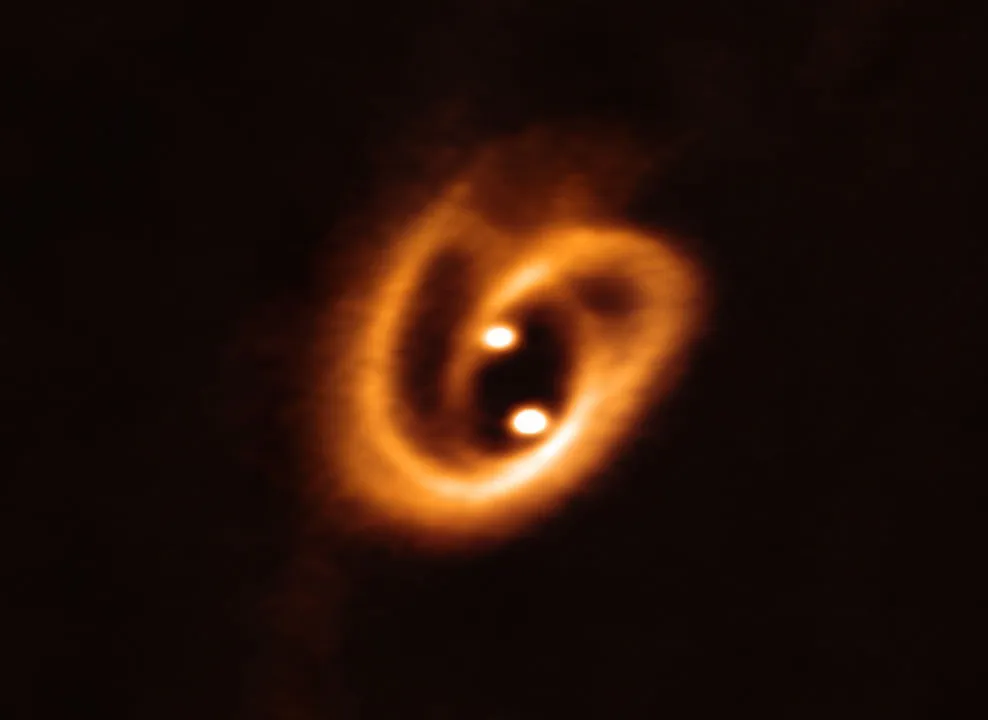Planets orbiting binary stars – on which two suns could be visible in the sky at once – are a staple of science fiction.
Take, for example, Tatooine – the home planet of the Skywalker family in Star Wars – which is the go-to pop culture reference for planets with two suns.

But since we began confirming the existence of exoplanets – planets orbiting stars beyond our Solar System – in the mid 1990s, we've discovered all sorts of weird and wonderful worlds.
Planets orbiting binary stars – i.e. planets with two suns – have become science fact.
The Sun-like stars 16 Cygni B and 55 Cancri A have Jupiter-sized planets orbiting them, and research suggests such systems are more common than previously thought.

Problems facing planets with two suns
The main problem with forming and maintaining planets around two stars is the gravitational interactions in multi-body systems usually result in smaller bodies being ejected from an orbit around the pair, or else falling onto a star.
In other words, a single planet orbiting a single star is relatively straightforward. But once a third body – like a second star – is introduced into the equation, things get more complicated.
This is often referred to in physics as the three-body problem.

Once formed, planets with two suns face another problem.
The vast majority of binary systems have eccentric orbits, in which it is almost impossible to find stable planetary orbits.
Stable orbits have so far been found where the stars were widely spaced apart.
That said, numerical simulations have shown that small, rocky planets are almost as likely to form in close binaries (separated by no more than a tenth the distance from the Earth to the Sun) as they are in single star systems like ours.
As the stellar separation increases, or the orbit becomes more elliptical, it is harder for Earth-like planets to exist around two suns.
This has made planet hunters sit up and take notice of binary systems.
Alan Boss of the Carnegie Institute published simulations that appear to show that gas giants are more likely to form in systems with more than two stars.
So multiple star systems offer new and exciting places to search for extrasolar planets.

